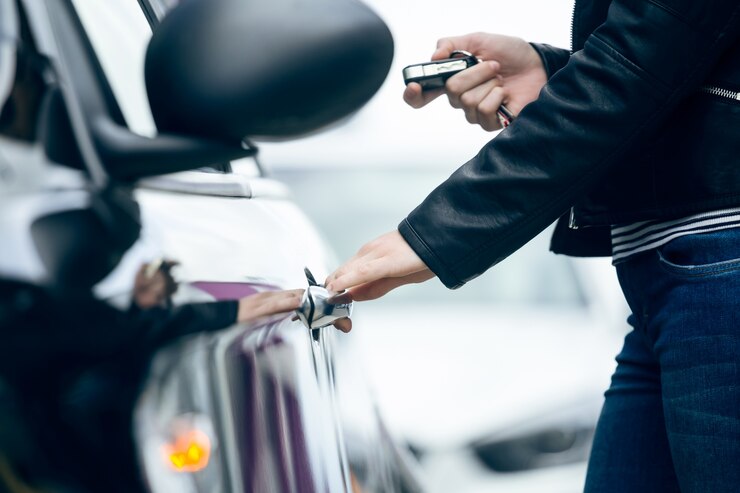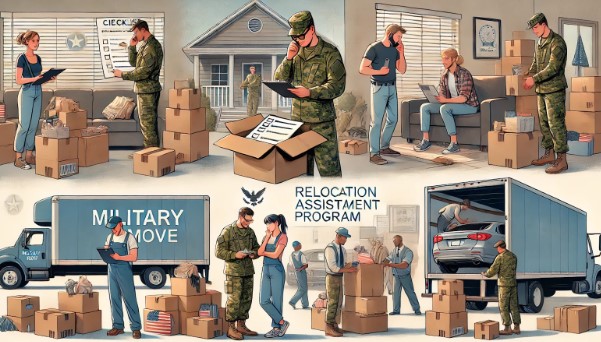Vehicles design extends well beyond aesthetics. Engineers have complex requirements that must be integrated into the designer’s product while meeting stringent regulatory standards. That very regulated environment has government regulations governing nearly every facet of car design today from the size and color of exterior lighting elements to the precision of features like the sharpness of creases stamped into sheet metal. For instance, high-tech technologies like 4d Laser Cut Plates help designers meet those very regulatory demands more accurately.
The plate allows the design of a more intricate and sharp edge without breaking the rules in terms of safety. This technology improves both functional and visual vehicle design, showing how modern developments go in line with the existing regulatory constraints to bring forth the emergence of vehicles that are both safer and more efficient.
Roll Bars and Reinforcements
Occupant protection under a rollover situation vastly depends on the structural integrity of the vehicle. In this regard, roll bars and reinforcements are added to support the vehicle at the roof and the pillars to prevent collapse in times of rollover. This feature provides very significant protection in preventing possible roof crush or intrusion factors contributing to serious injuries and death. For instance, some convertible models have incorporated roll bars that automatically rise in case of a rollover. In this regard, auto-deployment ensures that the structure of the vehicle is held intact, safeguarding the lives of its occupants.
Seat Belts and Airbags
While seat belts and airbags are not designed to particularly enhance safety in rollover accidents, their contribution to improving safety in general cannot be minimized. The first and foremost safety feature of any vehicle is seat belts, which keep occupants secured in the seat and prevent their ejection in the event of a rollover. The latest seat belt technologies, such as pre-tensioners and load limiters, improve the efficiency of seat belts by tightly securing the occupant with the seatbelt in the event of a crash and reducing the impact force on the occupant. Side curtain airbags are designed to inflate during rollovers, providing important protection for the head and brain and minimizing head and brain injuries. These safety features all combine to protect their occupants from the potentially severe consequences or effects of a rollover crash.
What Are the Most Common Car Problems: An Overview
Advanced Driver Assistance Systems (ADAS)
Advanced Driver Assistance Systems ADAS have hugely been driven forward by modern safety legislation. These technologies include several features dedicated to enhancing driving safety and assisting drivers in avoiding accidents. Key ADAS components include adaptive cruise control to maintain a safe distance between the vehicle ahead, lane departure warning, which warns drivers in case they leave their lane, automatic emergency braking to avoid a collision by automatically engaging brakes, and blind-spot monitoring to help detect vehicles in lanes next to the consumer’s vehicle. Such technologies do not only enhance general driving safety but also facilitate more comfortable conditions for driving.
The regulatory requirements will be there to have rigorous testing of the ADAS systems so that they are reliable and effective. The manufacturer will have to meet those standards by integrating advanced sensing and algorithms to respond to the regulatory requirement to provide robust performance.
Autonomous Driving Technology
Autonomous driving technology is developed and deployed under the heavy influence of safety regulations. Regulatory bodies and governments are working on comprehensive frameworks that shall test, certify, and regulate self-driving vehicles. These regulations ensure that driverless vehicles run safely in the most diverse driving conditions, reducing the risks associated with such driverless technology.
Autonomous vehicles are equipped with state-of-the-art sensors, artificial intelligence, and duplicate systems to provide safe operation and reliability in their work. The regulations highlight system validation, cybersecurity, and emergency response capabilities for a self-driving car to ensure it can respond properly in different situations. The future of autonomous driving and entrenchment of safety on road travel will be defined by regulatory frameworks that will have been shaped as the technology advances.
Sheetmetal Edges
Pedestrian safety regulations have significantly influenced car design. European rules aimed at reducing the impact on pedestrians have led to taller hoods, creating more space between a struck pedestrian’s head and any hard engine components. According to Hyundai’s Chapman, this design adjustment means that a car’s structure is established at the base of its A-pillar, with shoulder lines rising and the greenhouse tapering from there. Regulations also dictate the design of sheet metal edges.
Conclusion
Today’s vehicles are designed and function under the most influential safety regulations. These regulations drive innovation in ADAS and, consequently, autonomous driving technology, enabling vehicle safety and performance. ADAS technologies, developed under very stringent standards, aid drivers in avoiding accidents and improving road safety. Meanwhile, the development of autonomous driving technology is done under very rigid regulatory frameworks that ensure safe operation under different conditions. This is about the continuous improvement that safety standards are further undergoing with innovations, pushing automobile design and making sure of a safe life for everyone on the road into the feature.











